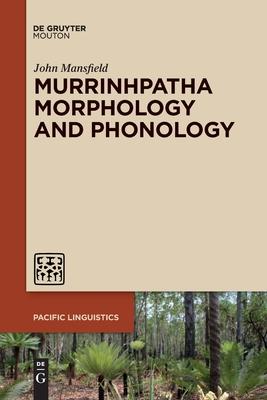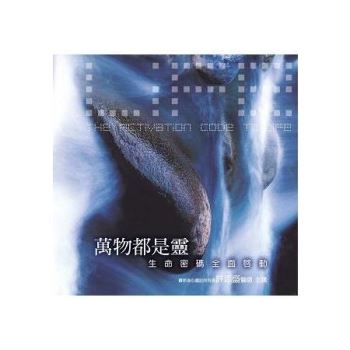Descriptive grammars analyse the systematic elements of language, and in general this aim for systematicity leads authors to focus on categorical rules of syntax, morphology and phonology. This stands in apparent contrast to variationist linguistic research, where it has been shown that speakers produce variable patterns on every level of language. However, a key finding of variationism is that the distribution of variables is not random, but systematic: quantitative analysis of variables’ conditioning factors provides insight into the relationships between different parts of the language. Therefore variationism need not stand in opposition to the description of grammatical systems, but rather should be complementary to it, especially in those parts of the system that have the most diffuse encoding variants.
Murrinhpatha grammar has at its core a polysynthetic verb with a unique structure. It has evolved from a phrasl verb combining inflecting light verbs with uninflecting coverbs, and some of the complex verbs resulting from this fusion retain a bipartite stem structure, while others have coalesced more fully into single stems with conjugation classes. Various tense and number suffixes can be added with flexible morphotactic sequencing, and varying degrees of prosodic binding. As a result word boundaries for the Murrinhpatha verb cannot be neatly drawn, and an accurate characterisation does not presume to neatly categorise formatives as words, affixes or clitics. The verb is best understood as the interaction of a series of gradient variables.
The model of language deployed in this book draws most heavily on exemplar theory, in which linguistic structures coalesce by amassing clusters of speech tokens in production and perception, with patterns emerging from similarities among these exemplars. Exemplar models are better attuned to variation, gradient effects and dynamic structure than generative models based on abstract symbols. Word formation has thus far only rarely been integrated into the exemplar approach, but this book will provide fresh material to further our view of morphology as a dynamic system.












